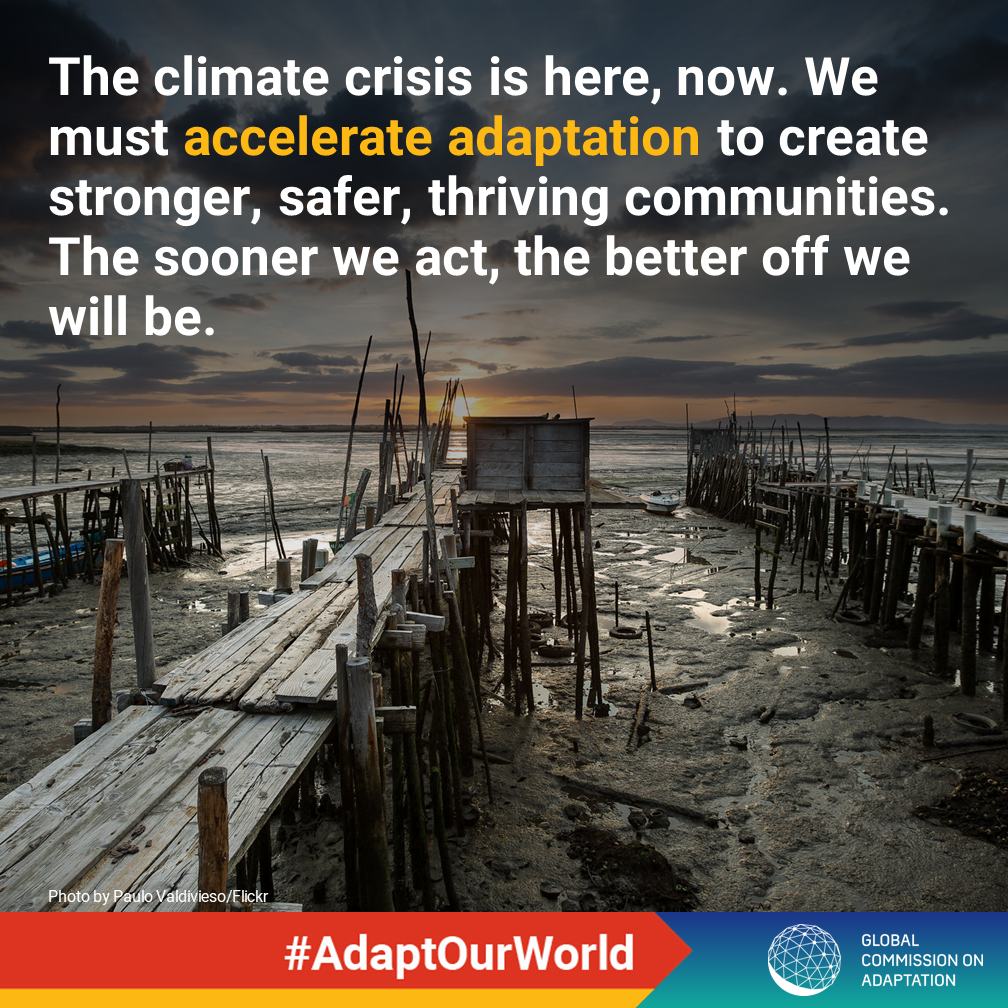Opinion: Doctors prescribe climate adaptation measures
A child born today could experience a world more than four degrees warmer than that pre-industrial average. It is not hard to see why climate change will impact health – from infancy and adolescence to adulthood and into old age.
W
e can expect the life of every child born today to be profoundly affected by climate change. This is one of the central findings in a recent report by British medical journal, The Lancet. It notes that without accelerated efforts, the coming era could be defined by the health of people “at every stage of their lives.”
The Lancet Countdown (2019) reminds us that the world is already 1°C hotter than in the pre-industrial age. Moreover, eight of the ten hottest years on record happened in the past decade.
A child born today could experience a world more than four degrees warmer than that pre-industrial average. As such, it not hard to see why climate change will impact health – from infancy and adolescence to adulthood and into old age. Children and the poor are destined to be hardest hit, which strikes me as profoundly unfair.
A lifetime of climate consequences
Babies are worst affected by malnutrition – and with crop yields failing against a backdrop of rising temperatures – the smallest among us are particularly vulnerable. As they grow, children are particularly susceptible to diarrhoeal disease and dengue fever and climate change is creating more favourable conditions for the spread of both.
During adolescence, air quality becomes the most significant threat. Airborne pollution causes seven million deaths each year, affects every organ in the body and its effects are cumulative. It’s a subject close to my heart and one I’ve recently written about tackling.
Of course, it doesn’t stop there. As they reach adulthood, the next generation will suffer from a variety of heat-related problems. Wildfires and heatwaves are increasing in frequency and severity. Working outdoors will become difficult in some places. And the poorest will be disproportionately affected because they can’t insure themselves against the burgeoning risks.

The potential for adaptation
The warnings are stark, but there is room for optimism in the report, if “essential” adaptation to climate change is enacted alongside established mitigation efforts. Here at the Global Center on Adaptation, we work with governments and global leaders to ensure that the most effective adaptation measures are implemented and shared. Our September 2019 report, Adapt Now, contains many examples.
Bhutan’s Health National Adaptation Plan, for example, addresses public health effects with an early warning system for outbreaks of diarrhoeal diseases and improved capacity for healthcare institutions to respond. In Zimbabwe, farmers used to drought-tolerant maize to increase their crop yields, reducing the risk of malnutrition.
Heat-related dangers can be tackled too. In Ahmedabad, India, where a 2010 heatwave killed more than 1,300 people, a new Heat Action Plan introduced measures such as better training for health professionals and painting roofs with white reflective paint, reducing indoor heat by up to 5°C. In a 2015 heatwave, just 20 people died, and the plan has now been adopted in 30 other Indian cities. Meanwhile, by 2040, Paris will have turned 800 schoolyards, traditionally concrete heat traps, into green spaces that provide ‘cool islands’ in a city with less green space than any other in Europe.
While the report’s authors emphasise future medical downsides, they also say that if we stick to the Paris Agreement – limiting temperature to no more than 2°C above pre-industrial levels – there is plenty of cause for hope. This, they say, “could result in cleaner air, safer cities, and more nutritious food. [It] would transform the health of a child born today for the better, right the way through their life.”
The report urges bold new approaches to policy making, research, and business – and that we launch an “unprecedented response” to the challenges ahead. The message is clear. It’s not too late to act, but decisive action is required.
>> The Lancet Countdown (2019) represents the findings of 35 leading academic institutions and UN agencies around the globe, tracking 41 indicators across five key domains.
The ideas presented in this article aim to inspire adaptation action – they are the views of the author and do not necessarily reflect those of the Global Center on Adaptation.